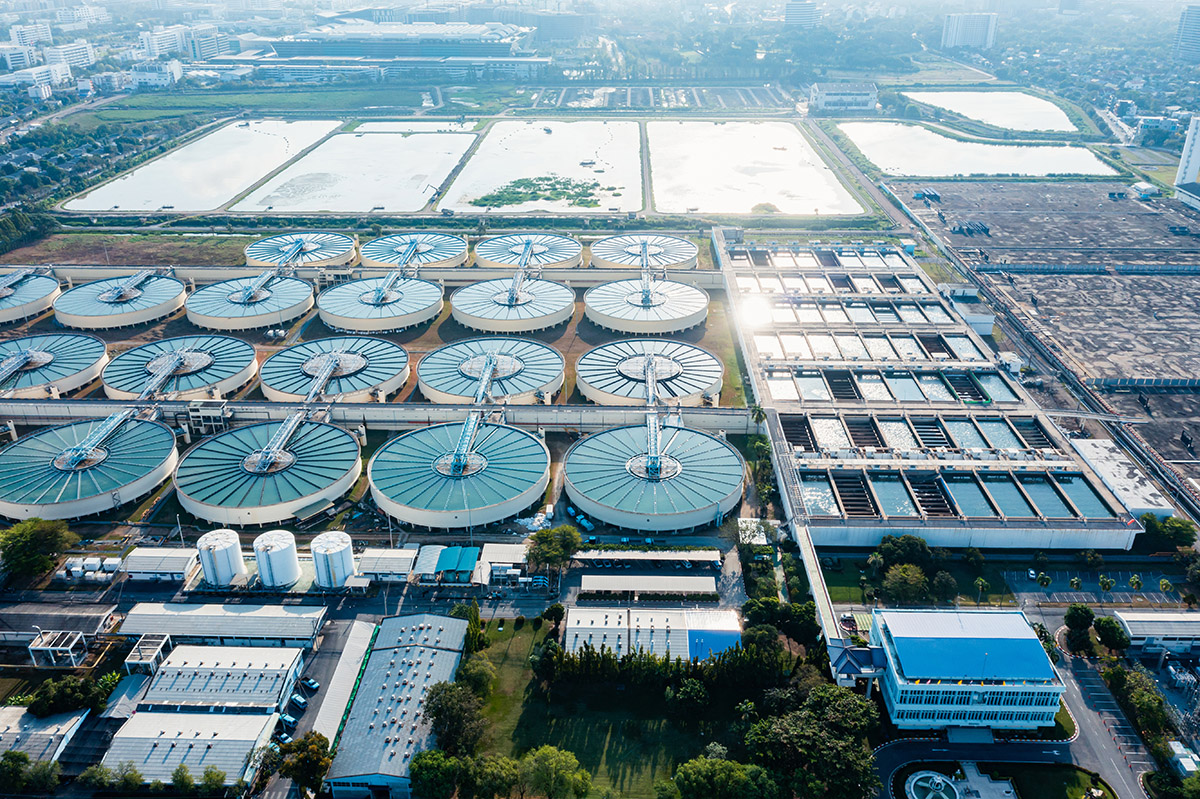Mastering the Art of Household Appliance Maintenance and Troubleshooting
Your appliances are an integral part of making your home functional and comfortable. It’s crucial to keep them in optimal working condition not just to prevent inconvenience, but also to avoid costly repairs or replacements. To do this, proper maintenance and knowing basic troubleshooting techniques are keys to successfully running your home. Armed with practical tips, you’d be equipped to identify potential problems and act on them before they worsen. Let’s explore these effective strategies for maintaining and fixing your household appliances.
Maintaining Appliance Performance Through Regular Care
The foundation of appliance longevity is regular maintenance. Simple tasks like Cleaning and dusting represent initial steps in averting potential malfunction resulting from accumulated dirt and debris. Regularly inspect your appliances for signs of gradual deterioration such as frayed cords or loose screws. Addressing these issues early on wards off more significant problems that could later prove costly or irreversible.
Equally beneficial is becoming adept at reading the user manuals of your appliances. These manuals include comprehensive guides for troubleshooting and Solutions to common problems. Harness the power of the internet too. Numerous online resources and forums can extend you valuable insights and step-by-step instructions on handling a variety of issues. But remember, always prioritize your safety by switching off and unplugging your appliances before starting any repair attempts. And if you find yourself unsure, calling a professional technician like Appliance Repair – SubZero The Woodlands Repair will be wise. Adhering to these practices enables you to confidently face any appliance issues that may arise, and maintain a well-functioning home.
Identifying and Troubleshooting Common Kitchen Appliance Problems
Even with diligent maintenance, it’s not uncommon for kitchen appliances to experience some problems. Good thing, there are usual issues that you can troubleshoot by yourself. Let’s delve into two of the most common ones.
One issue you might encounter is your fridge’s inability to keep your food cold. Such an issue is not only annoying but also wasteful, particularly when you’ve just stocked up your refrigerator. This problem might stem from a dirty condenser coil. As dust and debris stick to the coil over time, it hampers the coil’s ability to dissipate heat adequately. The solution here is pretty straightforward: disconnect the fridge, locate the coil, and clean it with a vacuum cleaner or brush. After cleaning, plug the fridge back in and wait a few hours for it to cool down. If the problem persists, it might be due to a faulty thermostat or a refrigerant leak. In this case, call for a professional technician.
The Crucial Role of Regular Maintenance in Appliance Longevity
Maintaining your appliances regular makes a significant impact on their condition, performance, and life span. Regular checks and care can save you time and ward off frequent breakdowns and pricey fixes. Whether it’s your fridge, AC, or washing machine, such maintenance can help spot potential issues well in advance and prevent them from escalating.
Cleaning is a crucial component of appliance maintenance. Over time, dust, dirt, and debris can build up, affecting the efficiency and performance of your appliances. Regularly cleaning filters, vents, and coils can boost proper airflow and prevent overheating. Additionally, cleaning your appliances’ interiors like os of fridges and ovens can stave off bacterial growth and extend their lifespan. Don’t forget to also clean the exterior to maintain appearance and prevent damaging grime build-up. This simple yet effective cleaning routine will help you keep your appliances in tip-top shape.
In cases when your appliances persistently fail even after regular maintenance and are out of warranty, don’t hesitate to call the right technician like Subzero Houston Repair – Appliance Repair Service in Houston, TX.
